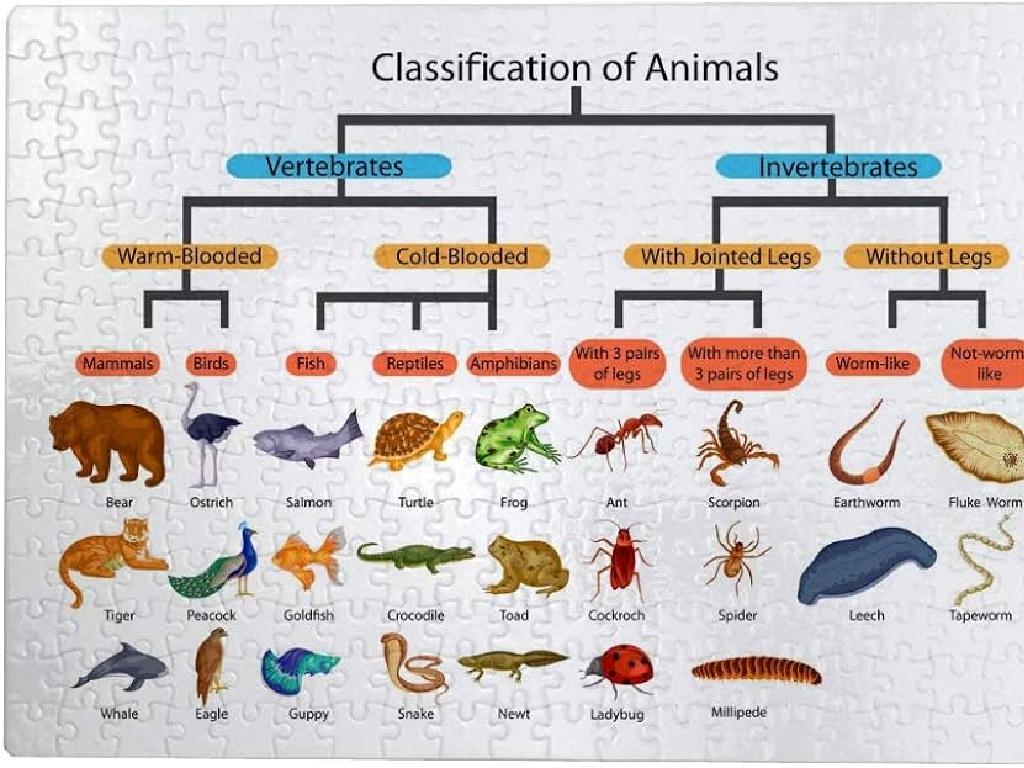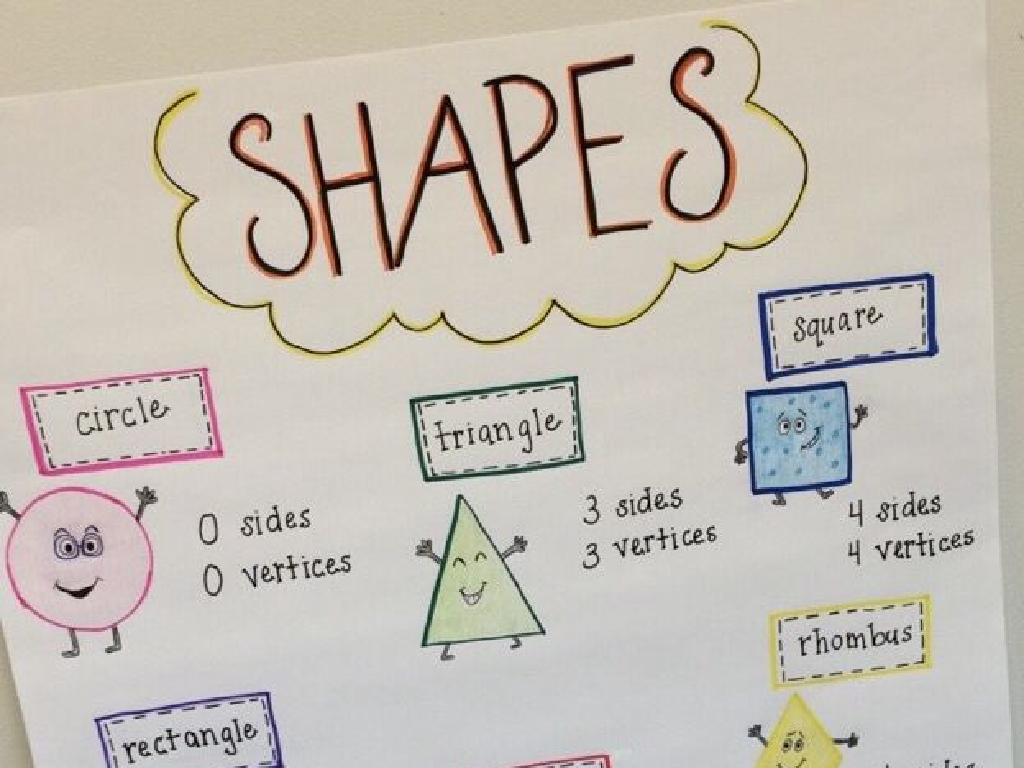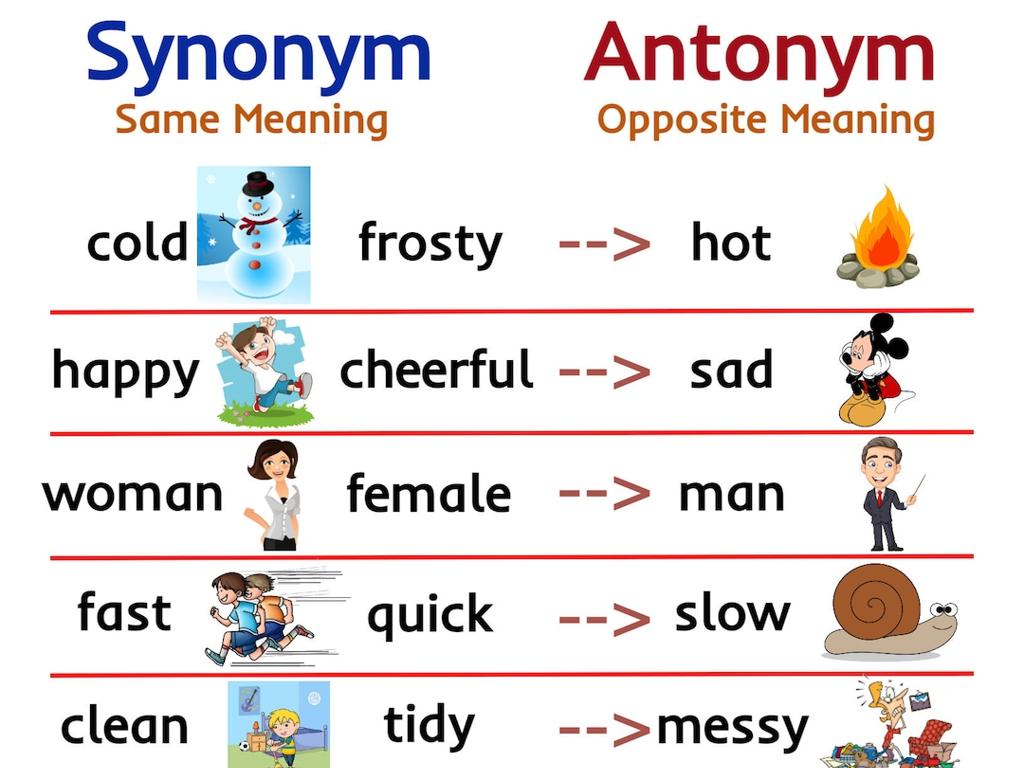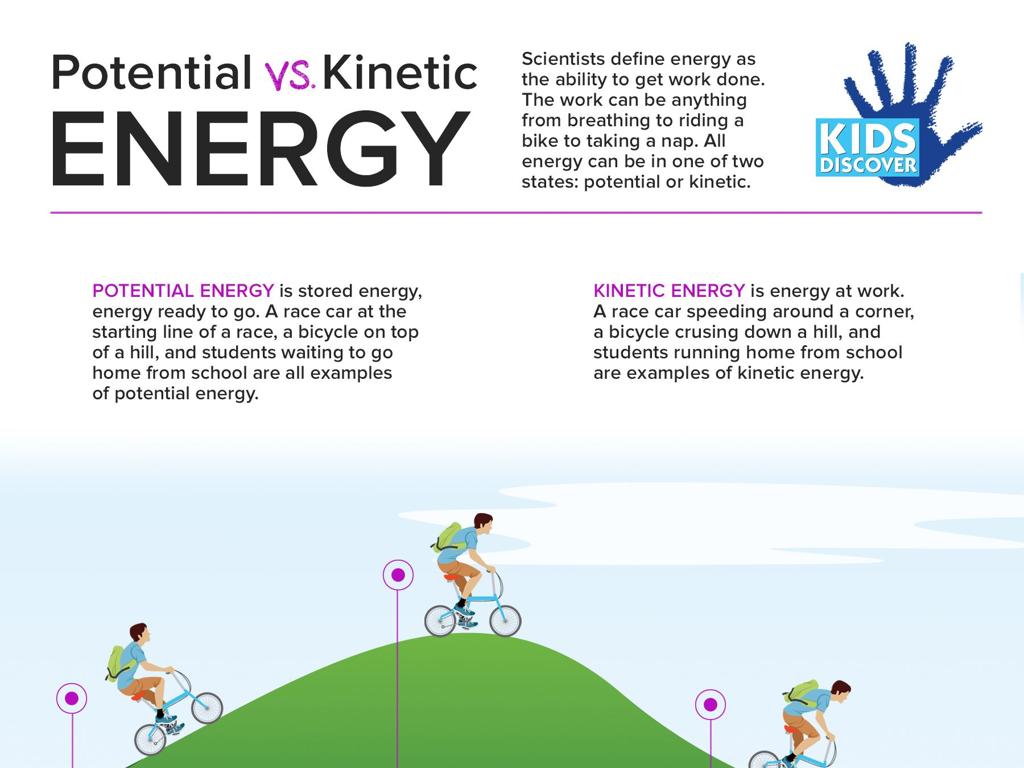Use Action Verbs
Subject: Language arts
Grade: Fourth grade
Topic: Verb Types
Please LOG IN to download the presentation. Access is available to registered users only.
View More Content
Exploring Action Verbs
– What are verbs?
– Defining action verbs
– Action verbs show what someone or something is doing
– Examples in sentences
– ‘Jump’, ‘eat’, ‘run’, and ‘think’ are all action verbs
– Practice identifying action verbs
– Find and highlight action verbs in a sentence
|
Begin the lesson by explaining that verbs are words that describe actions, occurrences, or states of being. Then, focus on action verbs, which specifically describe what a person or thing does. Provide clear examples of action verbs used within sentences to illustrate their function. For instance, in the sentence ‘She jumps rope during recess,’ ‘jumps’ is the action verb showing what she is doing. Encourage students to come up with their own examples and to practice by identifying action verbs in sentences provided by the teacher or from their reading material. This activity will help solidify their understanding of action verbs and how they are used in everyday language.
Identifying Action Verbs
– Action verbs show actions
– They tell us what the subject does, like ‘run’, ‘jump’, or ‘think’.
– Find verbs in sentences
– Look at sentences and spot the doing words.
– Interactive class examples
– We’ll work together on examples as a class activity.
– Practice identifying verbs
– Get ready to point out action verbs in more sentences!
|
This slide introduces the concept of action verbs to the students. Start by explaining that action verbs are words that show what the subject of a sentence is doing. Use simple and relatable actions like ‘run’, ‘eat’, ‘laugh’, and ‘write’ to illustrate the point. Then, move on to finding action verbs in example sentences, engaging the class in an interactive activity. Encourage students to participate by identifying the verbs in sentences you provide. For practice, have students work in pairs or small groups to find action verbs in sentences from their reading books or create their own sentences. This activity will help reinforce their understanding of action verbs and how they are used in language.
Action Verbs in Our Lives
– Describing daily activities
– Action verbs show what someone or something is doing.
– Share your action verb examples
– Think of things you do every day and the verbs you use.
– Understand action verbs’ role
– Action verbs help make our sentences exciting and clear.
– Why action verbs matter
|
This slide is aimed at helping fourth-grade students recognize and use action verbs, which are words that express physical or mental actions. Begin by explaining how action verbs are used to describe everyday activities, such as ‘run’, ‘jump’, and ‘think’. Encourage students to come up with their own examples by reflecting on their daily routines. Discuss the importance of action verbs in making sentences lively and helping the listener or reader visualize the action. Emphasize that without action verbs, our communication would be dull and unclear. For the activity, students can work in pairs or small groups to create sentences with action verbs, share them with the class, and discuss the imagery these verbs evoke.
Action Verbs vs. Non-action Verbs
– Define action verbs
– Action verbs show what someone or something is doing
– Contrast with non-action verbs
– Non-action verbs indicate a state of being, not an action
– Examples of non-action verbs
– Feel, think, own, love are verbs that don’t show action
– Class activity: Verb identification
|
This slide introduces the concept of action verbs and how they differ from non-action verbs. Action verbs are words that show what the subject is doing, like ‘run’, ‘jump’, or ‘write’. Non-action verbs, on the other hand, represent a state of being, emotion, possession, sense, or thought, such as ‘seem’, ‘love’, or ‘have’. For the class activity, prepare sentences that contain both action and non-action verbs. Ask students to identify and categorize the verbs from the sentences. This will help them understand the difference in a practical context. Possible activities include students acting out action verbs, creating their own sentences with action and non-action verbs, or a matching game with verb types.
Making Writing Exciting with Action Verbs
– Action verbs energize your stories
– They describe actions and can make sentences jump to life!
– Rewrite with vivid action verbs
– Take a dull sentence and make it shine by changing the verb.
– Group activity: craft a short story
– Use a given list of action verbs to create an engaging tale.
|
This slide is aimed at teaching students the importance of action verbs in making their writing more engaging and lively. Start by explaining that action verbs are words that show what someone or something is doing. Discuss how they add excitement and clarity to writing. Then, provide examples of sentences with and without action verbs to illustrate the difference. For the group activity, provide a list of action verbs and have the students work together to write a short story incorporating those verbs. This will help them understand how to use action verbs effectively. Encourage creativity and sharing of their stories. Possible action verbs to include could be ‘run’, ‘jump’, ‘whisper’, ‘shout’, ‘dance’, etc.
Class Activity: Action Verb Charades
– Learn action verbs through movement
– Act out an action verb silently
– Mimic an action like ‘jump’ or ‘write’ without words
– Classmates guess the portrayed verb
– Use your observation skills to guess the action
– Reflect on the activity
– Think about how movement helps us understand verbs
|
This interactive class activity is designed to help students understand action verbs by associating them with physical movements. Each student will take turns acting out an action verb of their choice without speaking, while the rest of the class tries to guess the verb. This kinesthetic approach to learning will engage students and help them remember that action verbs represent physical actions. Teachers should prepare a list of action verbs suitable for charades and ensure that each student understands the rules. After the activity, lead a discussion on how the movements helped them to identify the verbs and the importance of action verbs in expressing clear actions in sentences.






